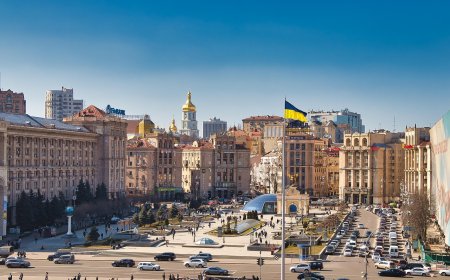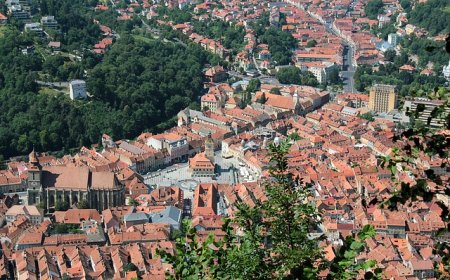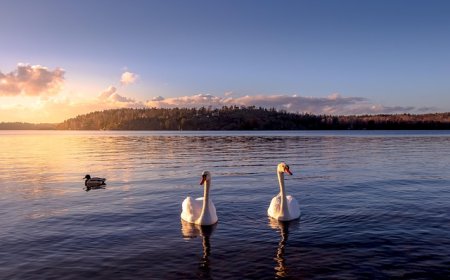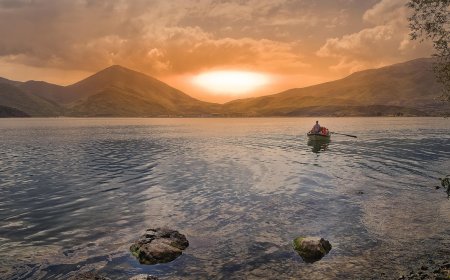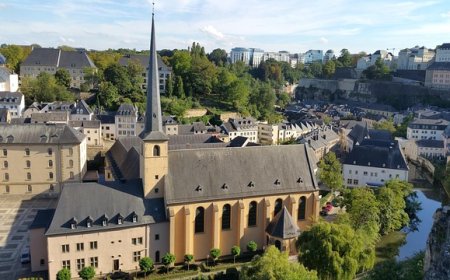Ireland: Geography, Culture, and History for Students
Learn all about Ireland’s green landscapes, myths, music, cities, and history in this fun and educational article written for students.
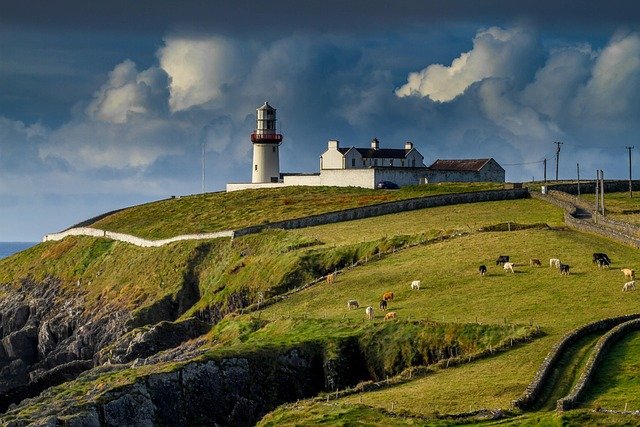
🇮🇪 Ireland: The Emerald Isle of Legends, Landscapes, and Learning
🗺 Introduction
Ireland is a beautiful island nation in Western Europe, often called the Emerald Isle because of its green hills, valleys, and meadows. It is a country full of ancient legends, lively music, peaceful countryside, and friendly people. Known for its love of storytelling, Ireland has inspired poets, artists, and travelers for centuries.
Although it has a long and sometimes difficult history, Ireland is a strong and creative country that celebrates both its past and future. In this article, you’ll learn about Ireland’s geography, culture, people, and why this small island has such a big heart.
🌍 Geography and Location
Ireland is located to the west of Great Britain and is surrounded by the Atlantic Ocean, the Irish Sea, and the Celtic Sea. The island is divided into two parts: the Republic of Ireland, which is an independent country, and Northern Ireland, which is part of the United Kingdom.
The land of Ireland is known for its rolling green hills, rugged cliffs, quiet lakes, and dramatic coastlines. Some of the most famous natural sites include the Cliffs of Moher, which rise high above the Atlantic Ocean, and the Giant’s Causeway, a mysterious area of basalt columns formed by volcanic activity.
Ireland’s climate is mild, with cool summers and rainy winters. Rain is common, but it helps keep the island lush and green all year round.
🏙 Cities and Regions
The capital of Ireland is Dublin, a lively and historic city on the east coast. Dublin is known for its rich literary history, cobblestone streets, and the River Liffey, which flows through the center of the city. Landmarks such as Trinity College, home to the famous Book of Kells, and Dublin Castle draw visitors from around the world.
Other important cities include:
- Cork, Ireland’s second-largest city, known for its food markets and cultural festivals
- Galway, a colorful city full of music and art, located on the west coast
- Limerick, a city with a medieval castle and growing tech industry
- Belfast, located in Northern Ireland, known for its shipbuilding history and cultural rebirth
Ireland is divided into four provinces—Leinster, Munster, Connacht, and Ulster—and into 26 counties in the Republic. Each county has its own identity, traditions, and charm.
👨👩👧👦 People, Language, and Culture
Ireland has a population of about 5 million people in the Republic, with another 1.9 million in Northern Ireland. The people of Ireland are known for being welcoming, humorous, and full of spirit. Family, storytelling, and community are very important in Irish life.
The main language spoken in Ireland is English, but Irish Gaelic (or simply “Irish”) is also an official language. While fewer people speak it every day, it is still taught in schools and used in signs and traditional music.
Irish culture is rich in music, dance, poetry, and mythology. Traditional music often features instruments like the fiddle, tin whistle, bodhrán (a type of drum), and harp, which is also Ireland’s national symbol. Irish dancing, especially Riverdance-style step dancing, is fast and lively, performed with strong footwork and graceful movements.
🍽 Food and Traditions
Traditional Irish food is simple and filling, often made from potatoes, meat, vegetables, and dairy. Meals are hearty and reflect the country’s farming roots. While Ireland is now known for modern cuisine and international flavors, traditional dishes are still popular.
Some common Irish foods include:
- Irish stew, a warm dish made with lamb or beef, potatoes, carrots, and onions
- Boxty, a type of potato pancake
- Soda bread, a quick bread made without yeast
- Colcannon, mashed potatoes mixed with cabbage or kale
- Barmbrack, a fruit bread often eaten at Halloween
Holidays and traditions are very important in Irish culture. St. Patrick’s Day, celebrated on March 17, is the most famous. People wear green, attend parades, and honor St. Patrick, Ireland’s patron saint. Other traditions include ceilidhs (community dances), storytelling events, and seasonal festivals that mark ancient Celtic holidays.
🏛 History of Ireland
Ireland’s history goes back thousands of years, beginning with ancient Celtic tribes. The Celts brought language, customs, and spiritual beliefs that still shape Irish identity today. Later, Christian missionaries like St. Patrick spread Christianity across the island.
In the 12th century, Ireland was invaded by the Normans and later came under British rule. For centuries, Irish people struggled for independence. In the 1800s, the Great Famine caused great suffering and led many people to leave Ireland for other countries, including the United States.
In 1922, most of Ireland became independent as the Irish Free State, later called the Republic of Ireland. However, Northern Ireland remained part of the United Kingdom. For much of the 20th century, Ireland worked to build peace and unity, especially during a period of conflict known as The Troubles, which mainly affected Northern Ireland.
Since the 1990s, peace agreements and cooperation have helped Ireland grow into a peaceful, modern, and democratic nation that honors its complex past while looking toward the future.
🌿 Nature and Environment
Ireland’s nickname, the Emerald Isle, comes from its natural beauty. The countryside is filled with green fields, stone walls, rivers, and ancient oak forests. Wildlife includes red deer, foxes, badgers, and many types of birds, such as swans and puffins.
Ireland has several national parks, including Killarney National Park, where you can find lakes, waterfalls, and roaming deer, and Connemara National Park, with its mountains and boglands.
The Irish people are proud of their natural environment and support efforts to protect it. Many towns and cities encourage recycling, eco-friendly farming, and renewable energy. Outdoor life is popular, with hiking, biking, and sea kayaking all enjoyed throughout the year.
📚 Vocabulary List
| Word | Definition |
|---|---|
| Emerald Isle | A nickname for Ireland because of its lush green landscape |
| Gaelic | The traditional Irish language, also known as Irish |
| Celtic | Related to the ancient Celts, a group of tribes that once lived in Ireland and other parts of Europe |
| Stew | A dish made by slowly cooking meat and vegetables in liquid |
| Bodhrán | A traditional Irish hand-held drum |
| The Troubles | A period of conflict in Northern Ireland from the late 1960s to 1998 |
| Famine | A severe shortage of food causing widespread hunger |
| Ceilidh | A traditional Irish or Scottish social gathering with folk music and dancing |
👧🧒 Kid-Friendly Summary
Ireland is a small country full of green hills, fairy tale cliffs, and friendly people. It’s called the Emerald Isle because of how green and beautiful it is. In Ireland, people love music, dancing, and stories. You might hear bagpipes or fiddles, or see dancers stepping quickly in fun traditional dances.
People in Ireland speak English, but some also speak Irish. They eat tasty foods like potato pancakes and hearty stews. The capital city, Dublin, is filled with cool old buildings and parks. Ireland has a long history and is famous for St. Patrick’s Day and legends about fairies and giants. It’s a magical place with lots to explore and enjoy!
🧠 Interactive Quiz: How Well Do You Know Ireland?
1. What is the capital of Ireland?
A) Cork
B) Dublin
C) Belfast
D) Galway
2. What is Ireland’s nickname?
A) The Silver Coast
B) The Golden Land
C) The Emerald Isle
D) The Lucky Land
3. What two languages are official in Ireland?
A) French and Spanish
B) Irish and English
C) Dutch and Gaelic
D) German and English
4. What is a traditional Irish drum called?
A) Harp
B) Bodhrán
C) Tambourine
D) Snare
5. What is Irish stew made of?
A) Fish and rice
B) Pork and beans
C) Lamb, potatoes, and carrots
D) Chicken and noodles
6. What natural wonder is located on Ireland’s west coast?
A) Cliffs of Moher
B) Great Wall
C) Grand Canyon
D) Alps
7. What was “The Troubles”?
A) A food shortage
B) A musical group
C) A time of conflict in Northern Ireland
D) A storm
8. What holiday is named after Ireland’s patron saint?
A) Christmas
B) Easter
C) St. Patrick’s Day
D) Halloween


















































